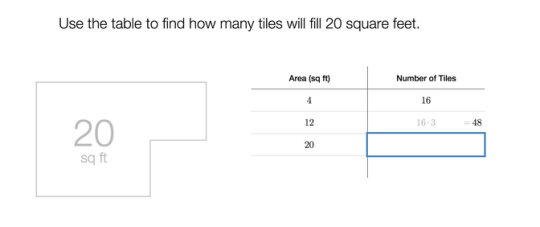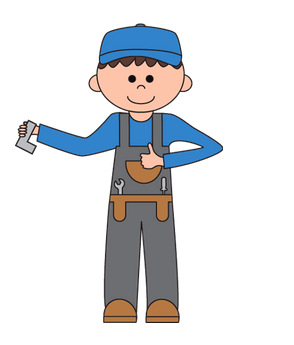The Desmos Activity Builder Community
Over the last year, we’ve developed some powerful new tools for classrooms. With all those advances, we’ve needed to revisit our company goals, our terms of service, and our privacy policy.
First, the goal: Desmos wants to help every student learn math and love
learning math. That goal isn’t new for us.
We understand our limits, though. We’re a small handful of designers, engineers, and teachers. For us to come anywhere close to that goal, we need to enlist the teachers of all those students, or rather invite those teachers to enlist us. We need to connect those teachers and all their efforts through curriculum, code, and community.
Here are some updates on our efforts:
Activity Builder & Search
We have designed a small handful of activities ourselves – lessons like Function Carnival and Polygraph. Those efforts will continue. We have been dazzled, though, by the outpouring of creativity and pedagogical innovation in our Activity Builder, even in that tool’s infancy.
We want to help every teacher find the best activities built by every other teacher, both so teachers can learn from each other and also so teachers don’t unnecessarily duplicate their efforts. Teachers can currently share their activities with anybody, anywhere, through emails, tweets, and blog posts. But now teachers can also search through the community’s activities. Our three faculty members – Christopher Danielson, Michael Fenton, and Dan Meyer – are combing through every activity created, curating them, and polishing them in collaboration with their authors. They’re available for search and use now.
Legal & Financial
Until today, we haven’t articulated terms around use of the Activity Builder. We built and released the tool without clearly stating what it will cost to use that tool or what will happen to everything you create with that tool. That lack of clarity may have inhibited the growth and vibrancy of our community and we’re changing that today.
Of course you should read our updated terms of use, but here are some important points which we hope will allow this community to continue to flourish:
- We won’t ever sell your activities without your permission. If your activities are public, anyone can use them without cost. We are creating a community, not a marketplace.
- While we’re still uncertain where the Activity Builder fits into our plan for long-term sustainability, we can promise this: we won’t ever charge you to edit or use your existing activities. If you’ve built it for free, you will always be able to edit it and run it for free.
-
If you make your activity public, you are saying, “Yes, I want to
participate in this community.” Community participation requires that
you allow anyone to copy your activity and make edits to that copy. People
will eventually be able to add screens, change screens, correct
misspellings, and localize it, either for their native language or
particular class of students. Desmos teaching faculty can also copy
it and make polishes to bring it in line with our house style for inclusion
in our search results. You will always receive credit on the copied
activity’s landing page. Additionally, anyone who copies your activity
must allow other people to copy that activity – share and share
alike.
We have subjected all of these community expectations – both what we promise to our community members and what membership in that community requires – to debate inside and outside Desmos. We have been grateful, throughout that process, for our critical friends who have pushed us to develop and articulate these ideals. Now we ask for your support and encouragement to live up to them.




